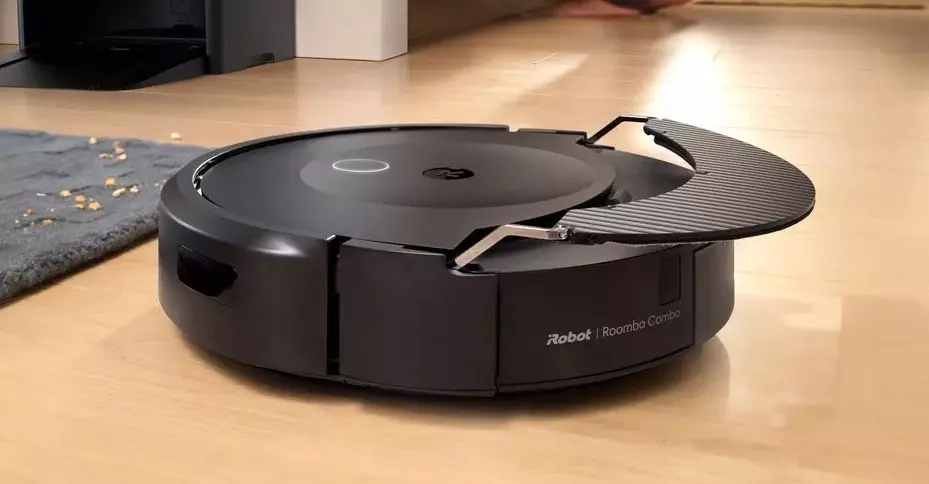Apple’s recent release of iOS 18.4 is not just another routine software update; it marks a pivotal shift in how we interact with smart home devices, particularly robot vacuums. This version, available since Monday, has brought significant updates in terms of compatibility and functionality for various popular brands, including Roborock, iRobot, and Ecovacs. The introduction of the Matter protocol in this update aims to unify smart home devices under a single, interoperable standard, offering users unprecedented control and convenience.
The Impact of the Matter Protocol
The Matter protocol is touted as a revolutionary framework designed to bridge the gap between different smart home ecosystems, allowing devices from diverse manufacturers to communicate seamlessly. With iOS 18.4’s rollout, robot vacuum owners can now integrate their devices into the Apple Home app, making it easier than ever to manage daily cleaning tasks. This update not only elevates user experience but also exemplifies a significant step forward for home automation.
What’s particularly exciting is how this support from Apple opens the door for robust automation possibilities. Users can add robot vacuums to custom scenes and automations within the Apple ecosystem, thereby simplifying everyday tasks. Imagine being able to command your Roomba via Siri to clean the living room while you’re at work or scheduling your Roborock to clean right before guests arrive. The convenience is tremendous and feels like a glimpse into the future of smart home interoperability.
Brand Responses and New Firmware Updates
In light of iOS 18.4, brands like Roborock, iRobot, and Ecovacs have swiftly responded by rolling out firmware updates to enhance compatibility with Apple Home. This collaborative effort signifies more than just compliance; it represents a commitment to enriching user experiences through technology. For instance, Roborock is enhancing the Matter implementation in various models, including the S8 MaxV Ultra and Saros series. Their plan to update these devices between April 1st and April 10th reveals a proactive approach to maintain user trust and satisfaction.
Beyond Roborock, iRobot’s latest model, the Roomba Combo 10 Max, is now fully compliant with the Matter protocol. This not only highlights iRobot’s agility but also positions them as a forefront player in the smart vacuum market. Users can take advantage of Siri voice commands to manage their cleaning preferences, a feature likely to be warmly embraced by tech-savvy consumers.
Ecovacs, too, has not lagged in this race for innovation. The introduction of Matter 1.4-based firmware updates for various models like the Deebot X2 is a pragmatic move aimed at ensuring consumers remain engaged with the brand. This phased rollout reflects a deep understanding of consumer needs while reinforcing the notion that brands recognize the necessity of staying relevant in a rapidly evolving smart home landscape.
Limitations and Future Prospects
While the integration of Matter with iOS 18.4 is indeed promising, it is essential to remain aware of its limitations. The current functionality is focused on basic controls such as power management and room assignments. Advanced features—such as customized cleaning zones or intricate mapping—will still require users to rely on each robot vacuum’s proprietary app. This dual-reliance raises questions about the extent to which Matter can genuinely streamline the user experience across different devices.
Still, the potential for future updates and enhancements gives hope for even deeper integration down the line. As the Matter protocol matures and receives further updates, it is likely that many of these advanced capabilities will transition into the Apple Home app, filling the gaps left by the current release.
The Bigger Picture: Smart Homes of Tomorrow
In a broader context, the arrival of iOS 18.4 heralds a new era for smart homes, shifting us closer to realizing the vision of fully interconnected devices. Apple’s investment in the Matter protocol underscores its commitment to maintaining relevance in an industry defined by convergence and compatibility. As such, users can anticipate a progressively fluid experience as more devices join the Matter framework.
This update serves as a catalyst for innovation, inspiring manufacturers to rethink how they design and implement features for smart home products. The compatibility between existing major brands reflects a collective understanding of the need for a seamless user experience. As we step into a future where smart homes become commonplace, the lessons learned from this update will undoubtedly shape the trajectory of technology in our everyday lives.


Leave a Reply